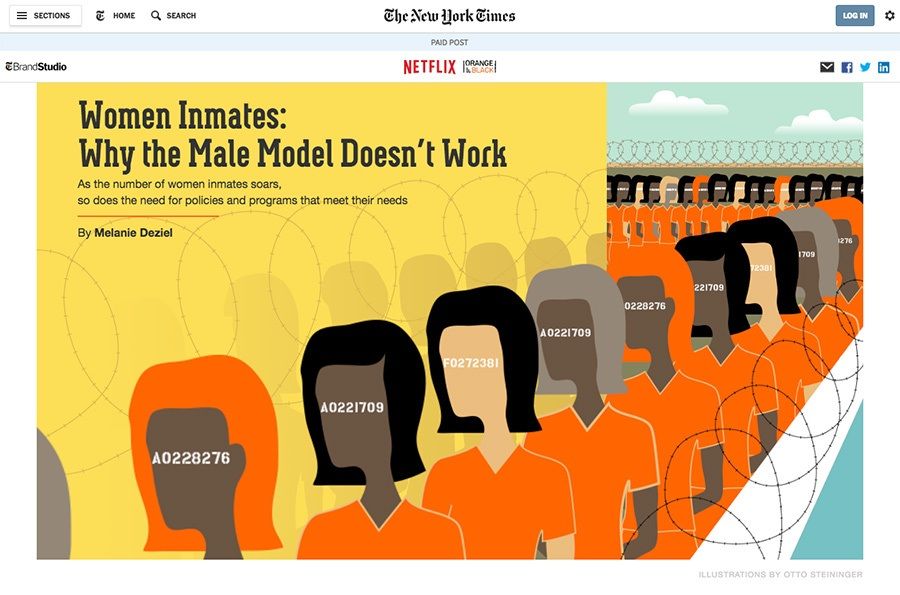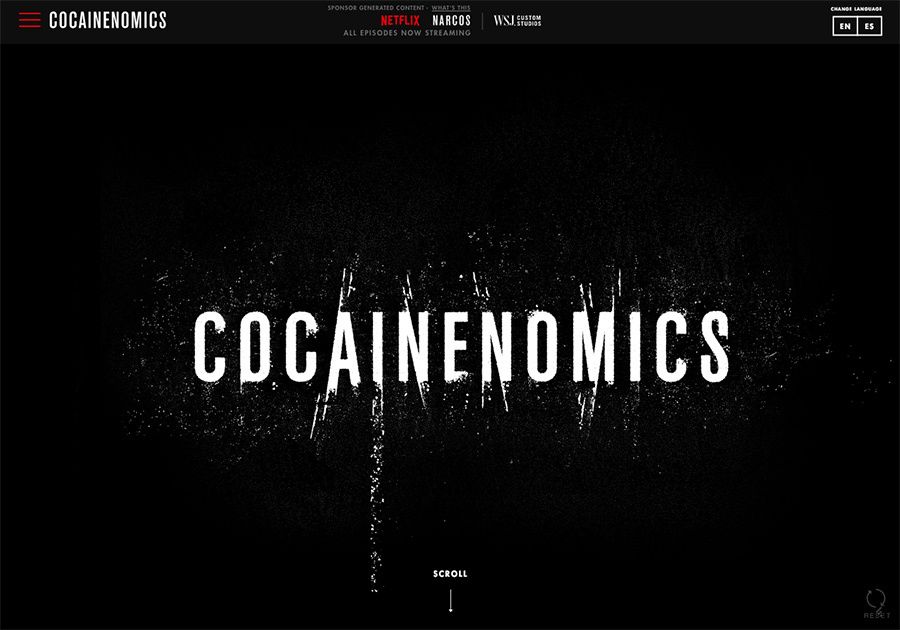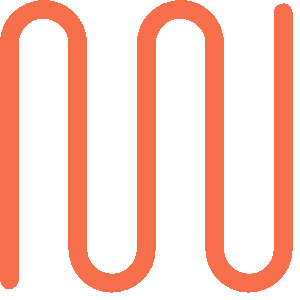Deploying a robust native advertising strategy can drive brand awareness and engagement.
The goal of marketing is to reach consumers where they are, capture their interest in meaningful ways, and effectively communicate valuable messages. To achieve this end, marketers leverage strategies in everything from traditional print media and billboards to targeted video ads and experiential marketing.
Over the past few years, one of the most notable trends has been a shift toward native advertising as brands increasingly discover the potential it presents for tapping into higher rates of engagement and conversion. In fact, native advertising is the fastest growing format on the market with U.S. advertisers expected to spend almost $44 billion on native ads in 2019 (an increase of almost $9 billion from 2018).
But what counts as native advertising — and how can it drive tangible results?
What Is Native Advertising?
Native advertising is the use of paid ads that blend in with their context, appearing to match the content of a given platform in both form and function. A central element of native advertising is that it’s non-disruptive to the consumer: it exposes the viewer to advertising content without disrupting the user experience of engaging with a given site.
Native ads can take a number of different forms, including:
- In-feed ads, where sponsored content is interspersed naturally in a social media or article feed
- Search and promoted listings, where the sponsored results appear at the top and sidebar of a page of search results
- Recommendation widgets, which are articles and posts that appear at the end of articles with headings like “You may also like” or “Recommendation for you”
Examples of Native Advertising
Because native ads are designed to integrate seamlessly into their surroundings, they are often difficult to recognize at first glance — which is, of course, part of the reason they are so often effective.
These examples of native advertising examples that demonstrate a number of engaging approaches:
1. Taco Bell’s Snapchat Filter
In-feed ads are the standard form of native advertising on social media, but Taco Bell went one step further in 2016 when it became one of the first brands to create a sponsored filter on Snapchat. At the time, Snapchat filters were exploding in popularity and the sponsored lens gained 224 million views from the brand’s target audience in just one day. With the filter, Taco Bell was able to turn selfies into branded content that was created and shared by millions of Snapchat users as part of their regular use of the platform.
2. Netflix and the News

Via Pagely.

Via Pagely.
Netflix has long leveraged journalistic reporting to not only promote its products, but also to promote the brand at large. By demonstrating a commitment to both entertaining and informing, Netflix expands its reach and is able to effectively capture the attention of new audiences.
Ahead of the release of the second season of Orange is the New Black and the premiere of Narcos, Netflix paired with the New York Times and the Wall Street Journal, respectively, to create insightful, in-depth journalism that served the simultaneous goal of promoting the shows. This approach was successful because it drew readers in with natural, compelling content that delivered value beyond its sheer advertorial purpose.
Why Native Advertising Works
With native ads, brands gain direct access to target audiences who interact with these ads in the same way they’d interact with non-branded content. Oftentimes, the consumer does not realize they are engaging with advertorial content or, if they do, they don’t care.
While it’s easy to ignore a banner ad or install an ad-blocker, a consumer generally has to engage more deeply with a native ad. Specifically, consumers read native ads, utilizing a much greater part of their brains and elevating the likelihood of further engagement, better recall, and maximized influence on the consumer.
In fact, not only do consumers look at native ads 53% more frequently than they look at display ads, they also spend the same amount of time, if not a little more, looking at native ads as they spend looking at original editorial content. And it works. Native ads increase purchase intent by 18% compared to banner ads and they register a 9% higher lift for brand affinity. Clearly, brands have a lot to gain by adding native advertising to their marketing repertoire.
Master Native Advertising With Programmatic
Brands can master native advertising is through programmatic, which increases a brand’s ability to target specific users — and thereby maximize the impact of their advertising. Programmatic creates a split-second bidding war between advertisers when a user visits a website. Leveraging metadata, the algorithm determines which advertiser ‘won’ the battle for the consumer. The winning native ad is then configured perfectly into the interface of the app or website.
Programmatic is the best method to ensure that ads are reaching a specific target audience with high conversion potential — instead of potentially being wasted on consumers who are unlikely to engage with the brand.
Drive Greater Brand Engagement With Native Ads
Native advertising is among the best ways to take a marketing strategy to the next level. Native ads build brand awareness (both in the short-term and in the long-term) and drive engagement because they provide interesting, highly-relevant content that consumers want to engage with — even when the recognize the advertorial intent.
Related Insights
We’re looking forward to working with you, too.
Start conquering the digital terrain today.





